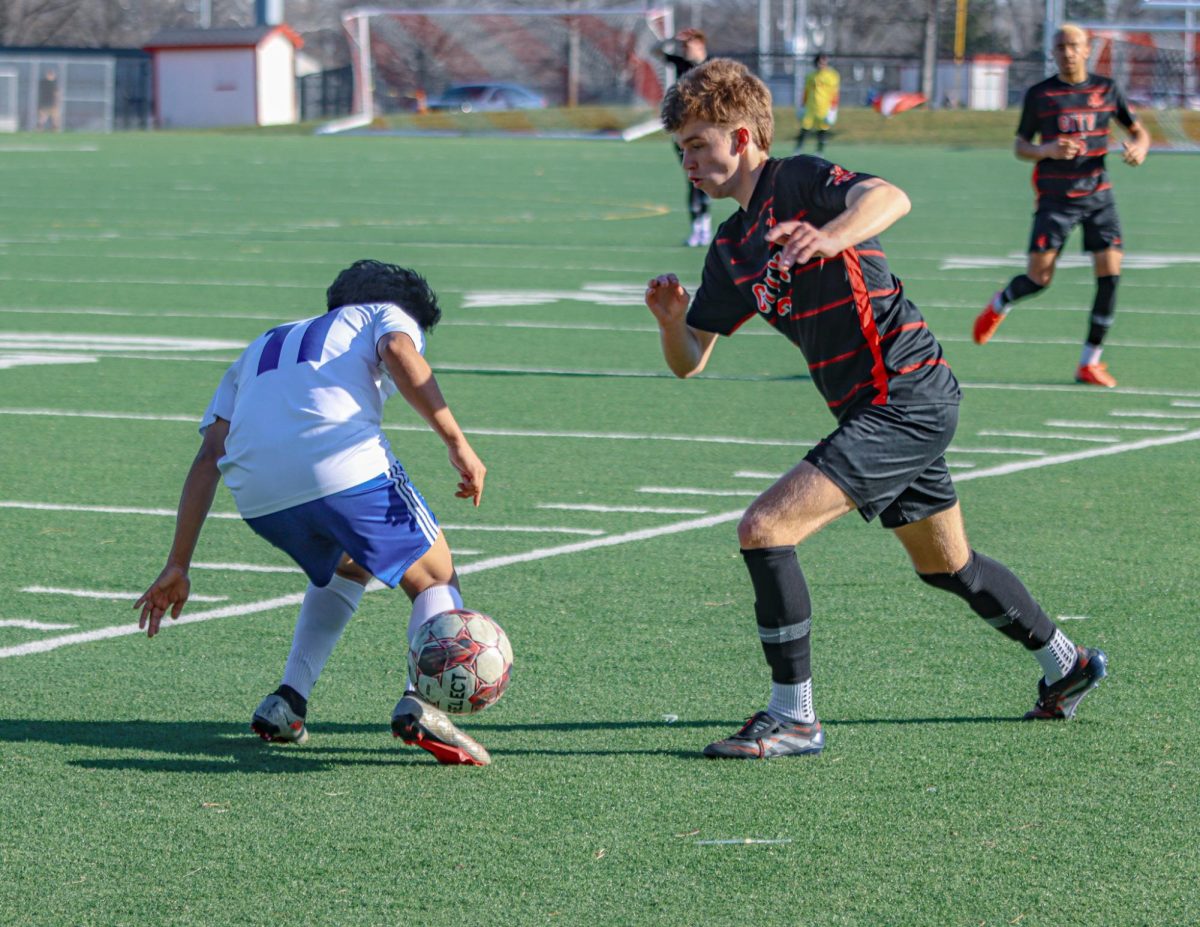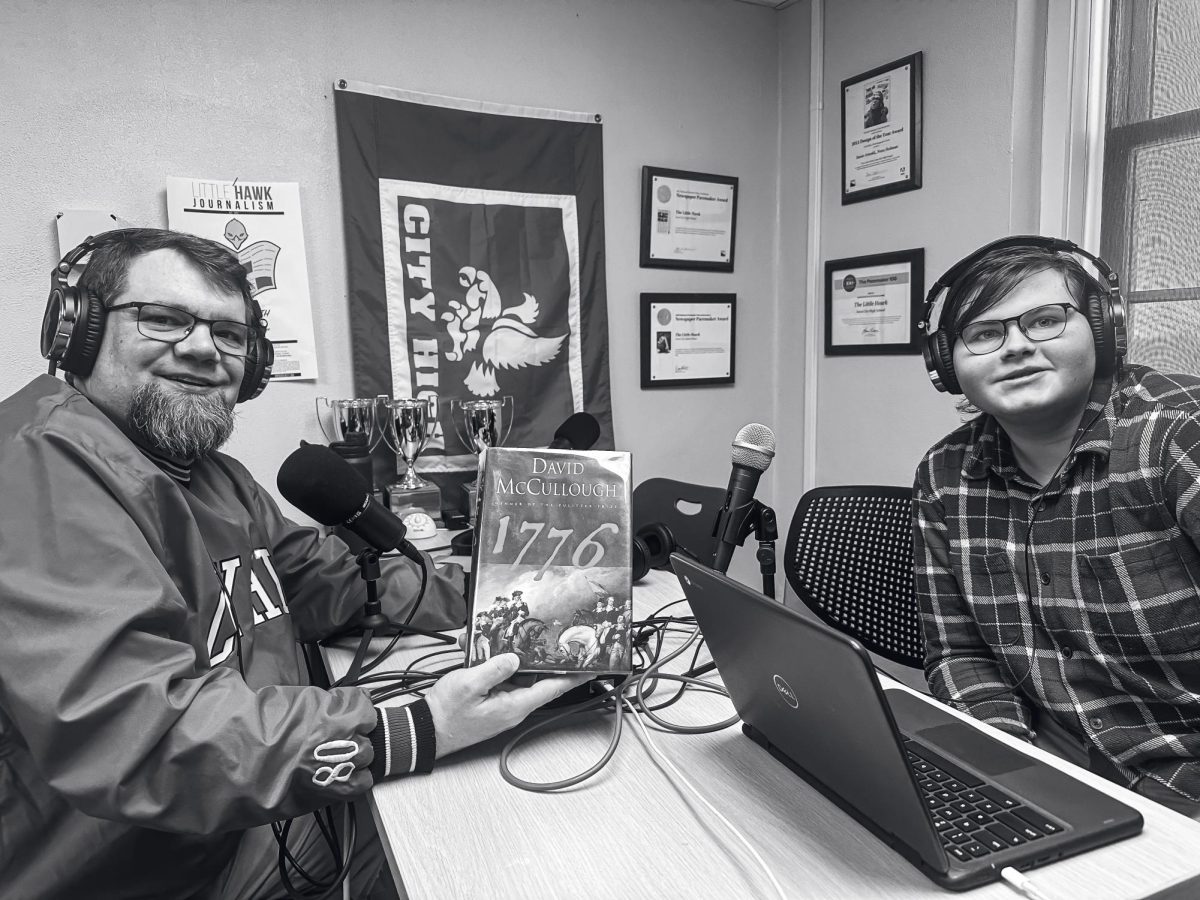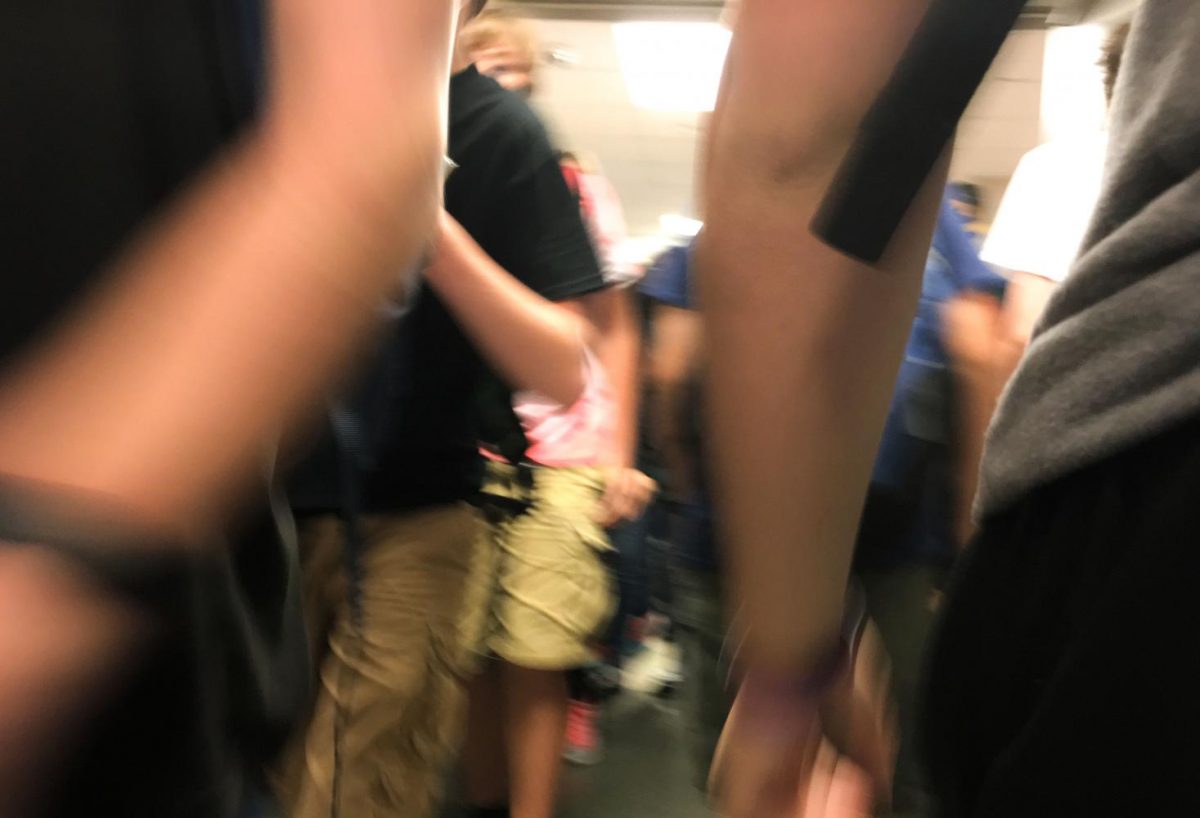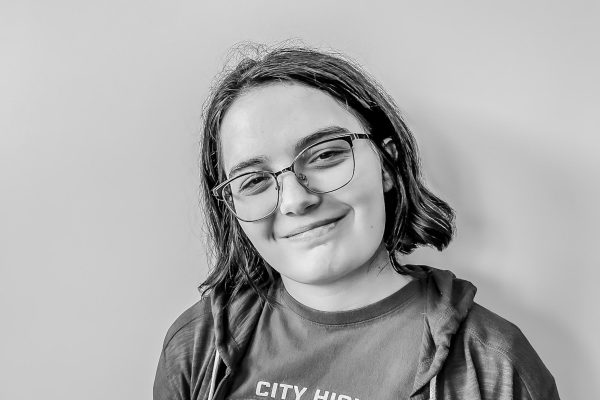The Little Hoax: That One Intersection Still Impossible to Survive During Passing Time
In the congested intersection, students struggle to detach themselves from the writhing crowd.
October 3, 2017
DISCLAIMER: This article and blog, The Little Hoax, are meant to be satirical. The quotes, reactions, and points of view expressed in this article are meant to be humorous and fictional, and any resemblance to real people is entirely coincidental.
The familiar dread of hallway crowding is nothing new to the students of City High, but recently a particular site has pushed pedestrians past furious.
“It’s absolutely ridiculous,” Jean Sandoval ‘20 said. “I don’t know what it is about that intersection, but for some reason everyone just loves to go through it at exactly the same time. I don’t know why; it’s in a weird corner of the school and there are so many alternative routes to take around it. But for some reason, it clogs like a cheap toilet every time.”
When asked, any student will know exactly which intersection is under scrutiny. On the first floor, where the English and math wings meet the new stairwell and the east bathrooms, students with all different destinations and physical touch tolerance levels get trapped together in a mad rush to get to class.
“I’m just trying to get to sixth period,” Wesley Hanover ‘21 said. “I’ve been late to Biology for the last three days because I always get caught in all the people there. Also, because I’m small, I get stepped on and pushed a lot … it’s honestly very stressful.”
Some teachers believe the students themselves are the cause of the traffic, and that it can easily be solved.
“[The students] have the power to change this,” English teacher Greta Fowler said. “I stand outside my room during passing time every day, and because my door is right in that hallway, I have to watch this mess daily. It’s funny, the students sometimes get jostled into me and then they just glare, like I’m the one who’s in the way. Students really shouldn’t be complaining about this. If it bothers them that much, they can walk around the gym, or take a different staircase.”
Even some students believe they are partially at fault for the pedestrian indigestion, although much of it may revolve around lacking architectural design.
“I call it the elbow of the school,” Tabitha Scott ‘18 said. “It’s a tricky intersection and kids are bound to get stuck [there] because we can’t see who’s around the corner. But I have to place the blame on us, too. The kids who come out of those closest classrooms walk so slow, and then everybody else gets stuck behind them. It’s like dominoes, except none of the dominoes move, and all the dominoes are dead inside.”
Most students share the same sentiment regarding the sardine-like conditions of the intersection, and will continue to express their concerns until change happens.
“I’m going to make my voice heard,” Sandoval said. “If you’re a slow walker, stay out of that intersection, or risk receiving an angry shove from an impatient kid like me … it’s as simple as that.”

































Nina • Oct 5, 2017 at 9:20 am
Too relatable, this really hit me hard